- Vendry
- Posts
- Vol. 100 IKEA: Taking back trash 🪑
Vol. 100 IKEA: Taking back trash 🪑
How IKEA doubled their monthly average of buyback products
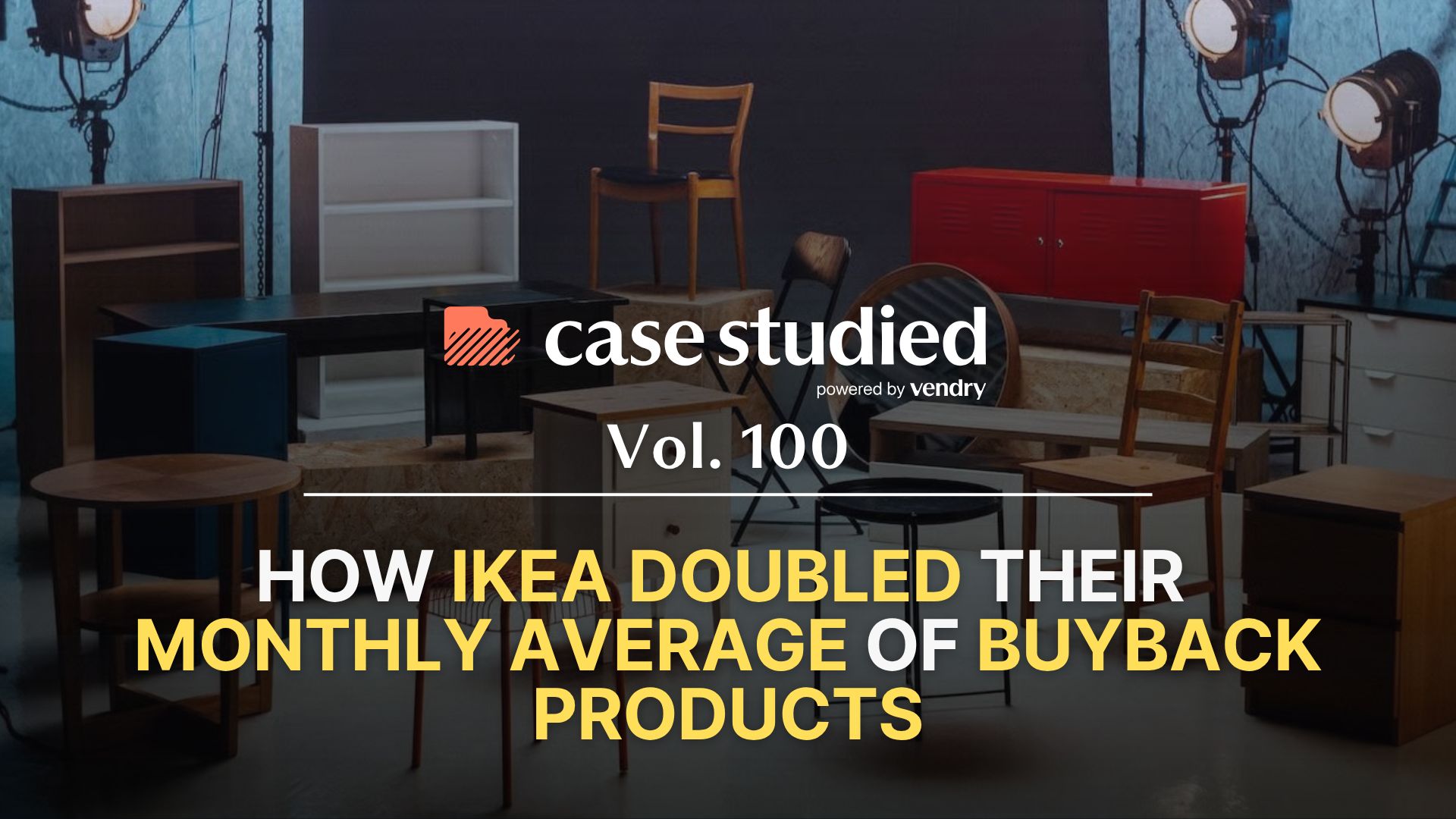
Editors Note: Case Studied is thrilled to be publishing our 100th volume today. We’d like to thank all of you, our 30,000+ weekly readers, for making this newsletter possible and especially to our Head Writer, Kaylee Pofahl for bringing you such amazing case studies each week.
Too the next 100!
Case Studied
Rescue, reduce, recycle ♻️
Sustainability-led campaigns require a delicate balance. It can’t be too negative or too positive, too simplified or too complicated, too harsh or too fluffy.
A lot goes into reaching that Goldilocks level but one key ingredient for success seems to be self-awareness. We saw Patagonia bring that to their “Don’t Buy This Jacket” Black Friday ad, in which they stated, “The environmental cost of everything we make is astonishing. Consider the R2® Jacket shown, one of our best sellers. To make it required 135 liters of water, enough to meet the daily needs (three glasses a day) of 45 people.”
More recently, IKEA brought some strong self-awareness to their recent sustainability-focused campaign and was able to strike a steady, successful balance.
This week, Case Studied explores how IKEA doubled their monthly average of buyback products.
The Brief
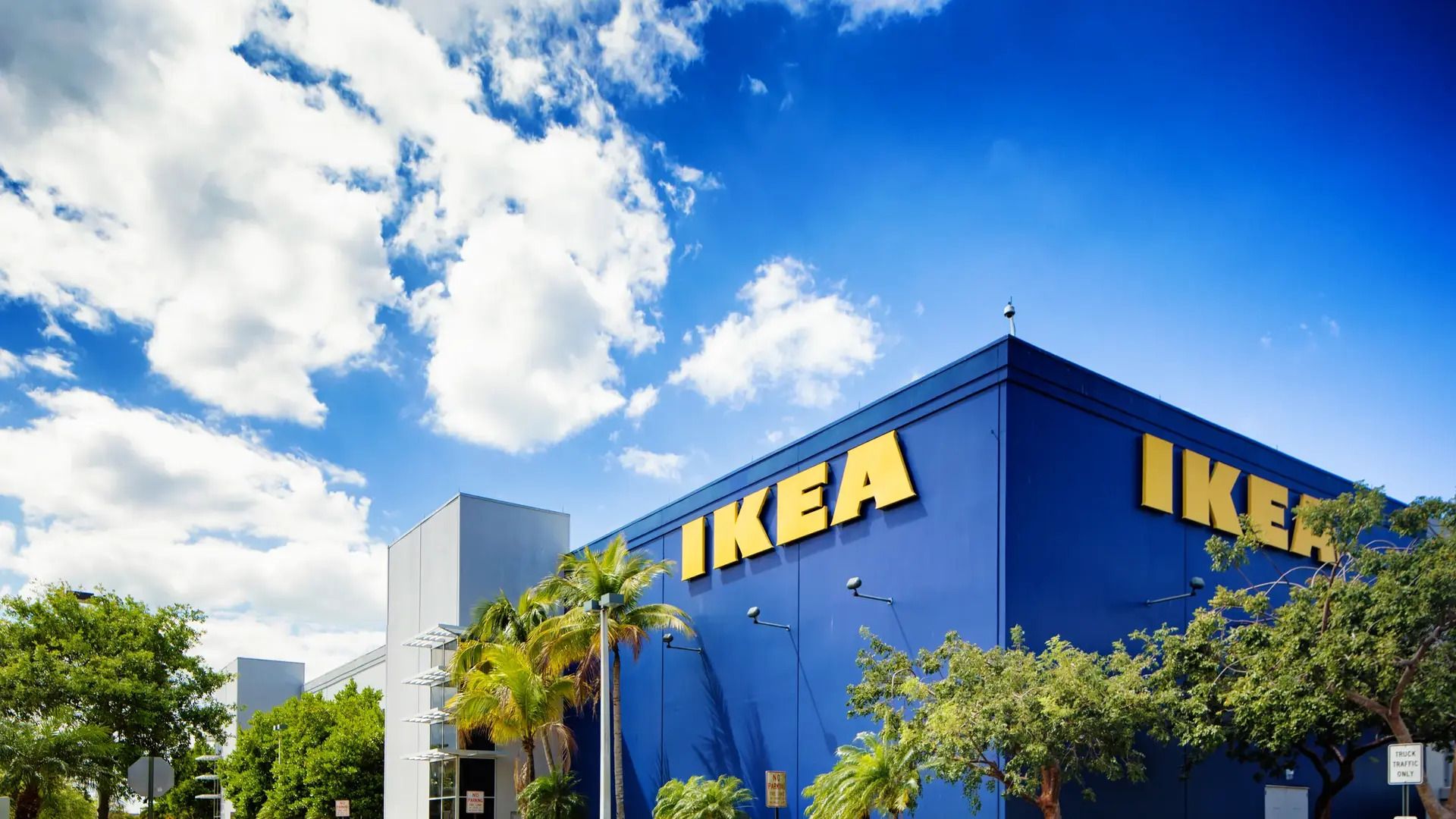
IKEA has long centered on affordability and self-assembly design. But as the world’s largest furniture retailer, it’s also aware that mass consumption comes with mass waste. In Norway alone, over three million pieces of furniture are thrown away each year—many still in perfectly usable condition.
With its commitment to become fully circular and climate positive by 2030, IKEA had to address the reverse flow of its furniture. So, in Norway, it launched a buy-back service in 2020, as well as a nascent spare-parts program. But the brand was facing an awareness challenge that hindered the success of these programs.
So, IKEA set out to get the word out about these programs and encourage their Norwegian audience—a consumer base that’s shown strong appreciation for sustainability, honesty, and transparency—to think twice before throwing away their furniture.
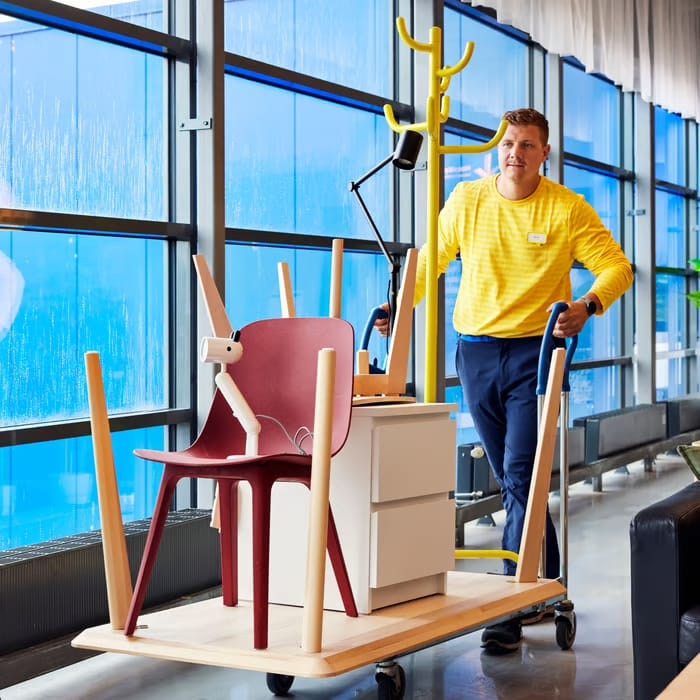
The Execution
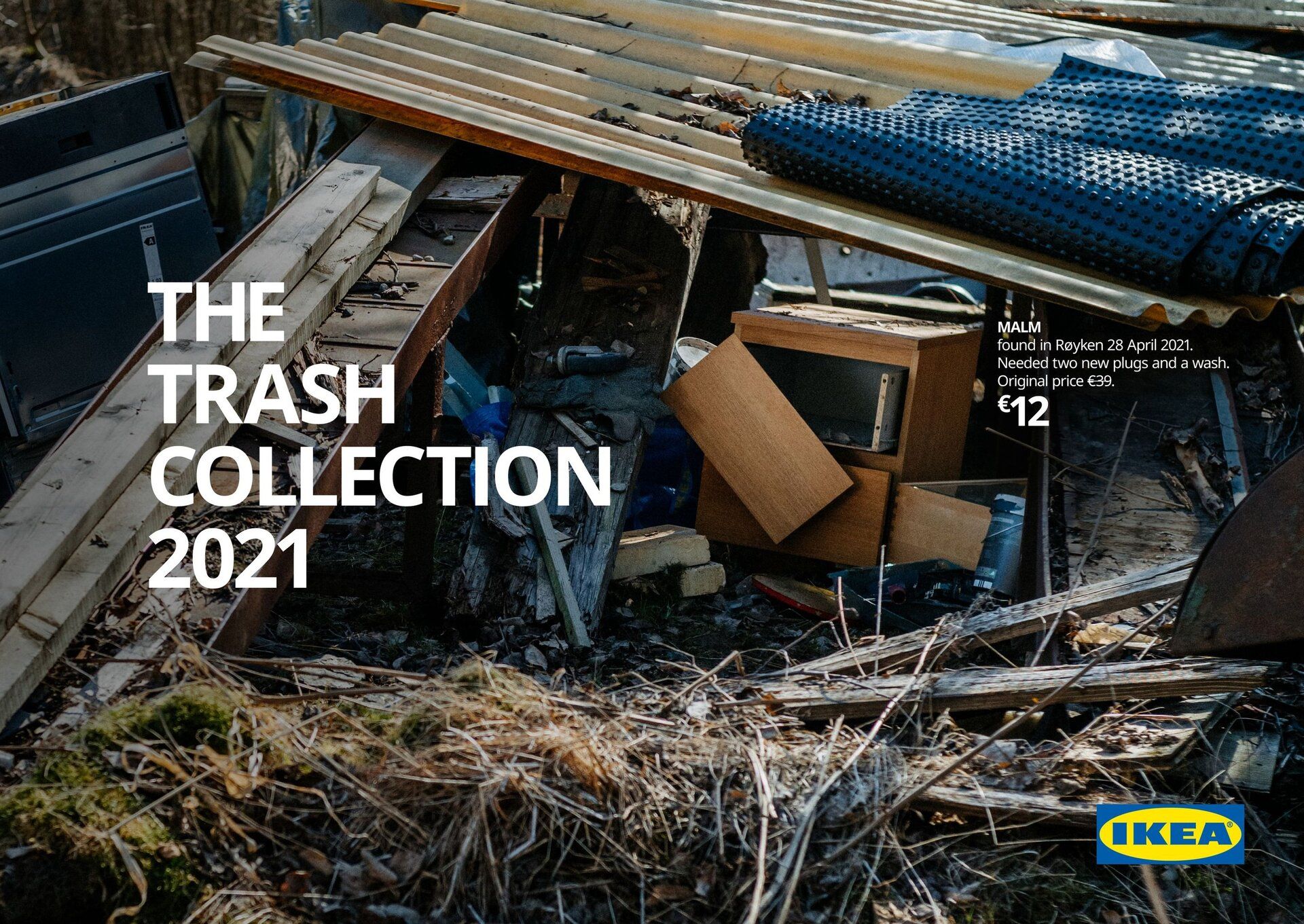
IKEA teamed up with TRY, an Oslo-based creative agency, on The Trash Collection campaign. The idea was to rescue furniture people had already thrown away and give it new life.
TRY and IKEA scoured streets, scrap heaps, and waste stations across Oslo, retrieving abandoned IKEA pieces. Within days, they collected more than a dozen recognizable products—chairs, shelves, tables, and lamps—each still repairable with minimal effort.
Every piece was cleaned, fixed, and photographed twice: first where it was found (exactly where it was), and again after refurbishment. Each image was labeled with where the item had been discovered, what repairs it needed, and its new resale price compared to the original.
The results were displayed in a hero film, out-of-home posters, and IKEA’s website, which also linked directly to its buy-back and spare-parts services. Shoppers could browse “The Trash Collection” online, learn about each rescued product’s story, and find out how to return or repair their own.
IKEA resisted any temptation to beautify the problem the campaign was spotlighting. There were no glossy or overly polished images. IKEA did what many brands would not do and displayed photos of their products in trash piles.
IKEA marketing manager Frode Skage Ullebust said, "An important part of our responsibility is to launch new services that help our customers throw [out] less. I must admit that it hurts a little to see our furniture presented in this way, but at the same time, I think it has become a very honest and beautiful way to get people to reflect."
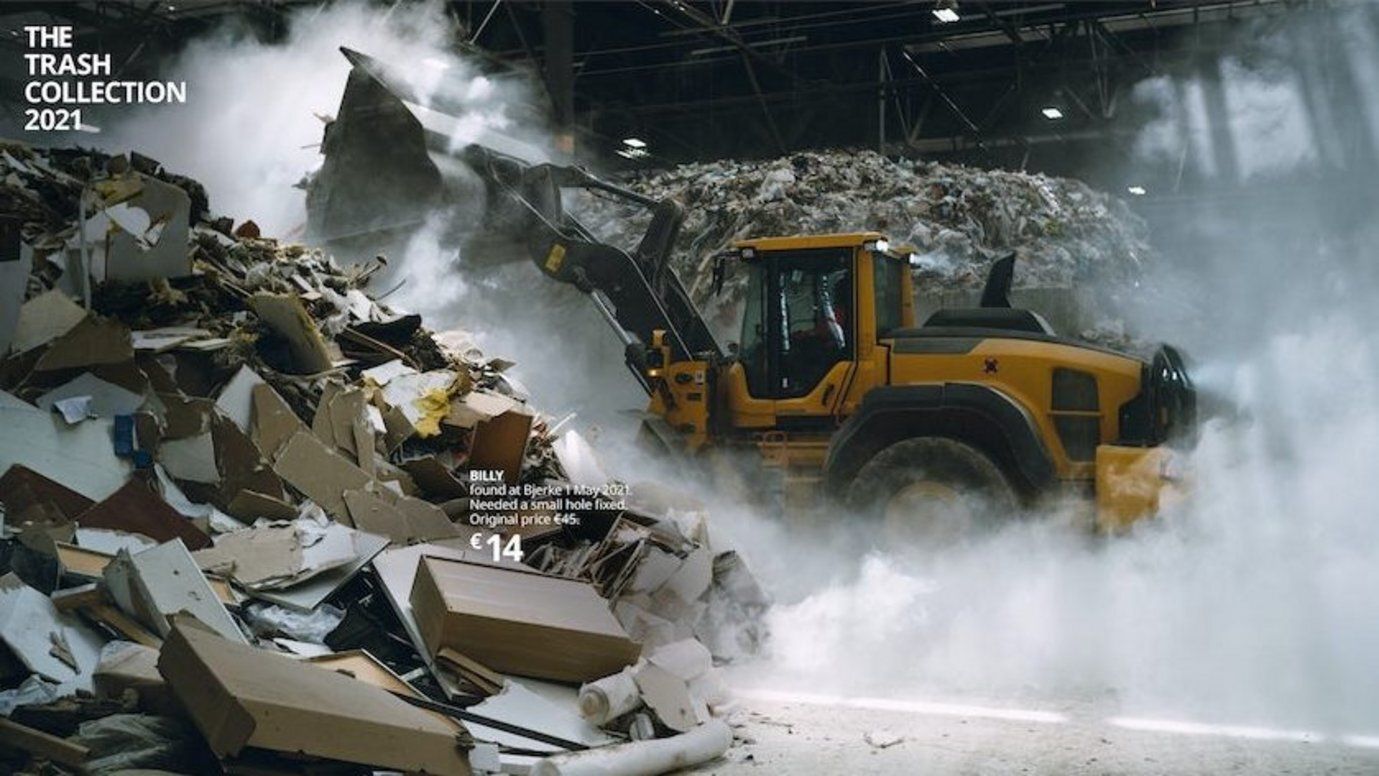
The Results
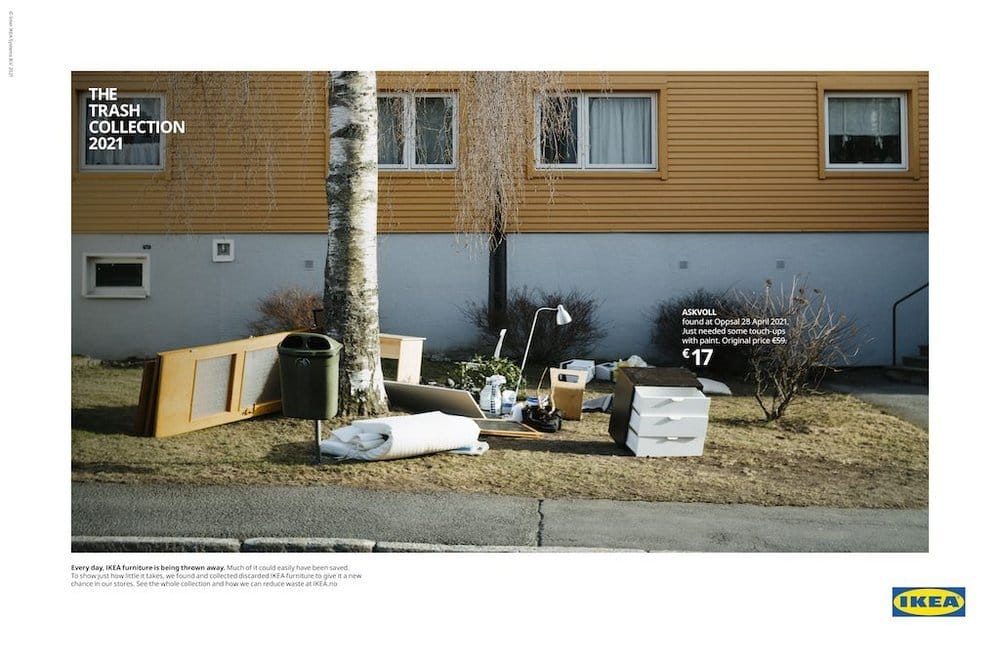
The Trash Collection quickly resonated with Norwegian audiences and sustainability-minded consumers around the world. Participation in IKEA’s buyback program doubled after launch and in its first nine months, IKEA Norway collected 5,400 secondhand products through the initiative.
The work earned widespread coverage in outlets like Contagious, The Drum, and Creative Review, with many praising its “anti-aspirational honesty.”
Tobias Lien, Marketing Communications Manager at IKEA Norway, said “One thing we have learnt is that Norwegians really want to recycle, buy second hand and contribute to reaching our common 2030 goals–they just need to know where to start!”
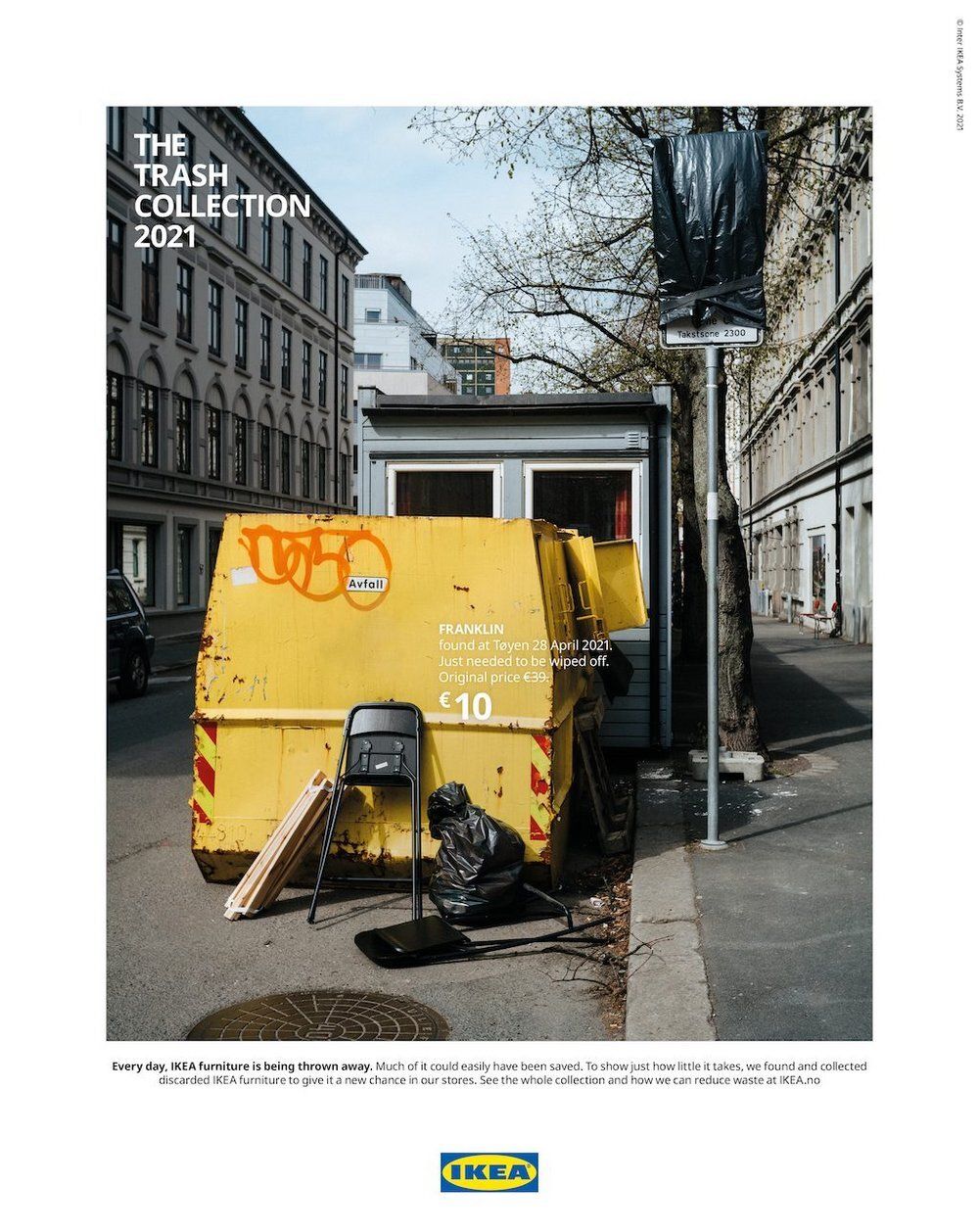
The Takeaways
1) Honesty and transparency go a long way.
IKEA didn’t create a glossy campaign about saving the planet. It showed its own discarded furniture exactly as it was found: cracked, scuffed, and sitting in the trash. This raw approach gave the brand permission to acknowledge a real problem while demonstrating a real solution through its buy-back and spare-parts programs.
You can apply the same principle by being transparent about your own challenges. Instead of hiding imperfections, consider how you can use them to build credibility and spark conversation. Audiences today tend to reward honesty over idealism, especially when it’s paired with meaningful action.
2) Spotlight your underused initiatives.
The Trash Collection didn’t introduce new services, it amplified existing ones. By pairing visual storytelling with functional systems like repair guidance and resale programs, IKEA turned overlooked programs into a consumer story about responsibility and reuse.
Consider the products, programs, or services that might be flying under the rada within your organization. How can you get the word out and bring emotional or cultural relevance to them? Sometimes innovation isn’t launching something new, it’s reframing something you already do.
3) Trust your agency to push your comfort zone.
In order to build The Trash Collection, IKEA had to first acknowledge its own role in furniture waste. They also needed to demonstrate that their products are sturdy enough to warrant repairing. Caroline Riis, senior creative at TRY, said, “We knew that if we were doing this, we’d have to do it properly. We’d have to do it real and honest… Luckily—and surprisingly—IKEA jumped on it. They’ve been very supportive the whole way, and that’s pretty brave for a client like Ikea.”
When working with agency partners, give them room to challenge assumptions and take calculated risks. If you let your partners test bold ideas, you may uncover the most resonant story your brand has to tell—you just have to be open to executing them.
End the search: Vendry makes it simple to find your next agency partner. Share your needs and get connected with vetted, top-tier options in under a week—at no cost to you.